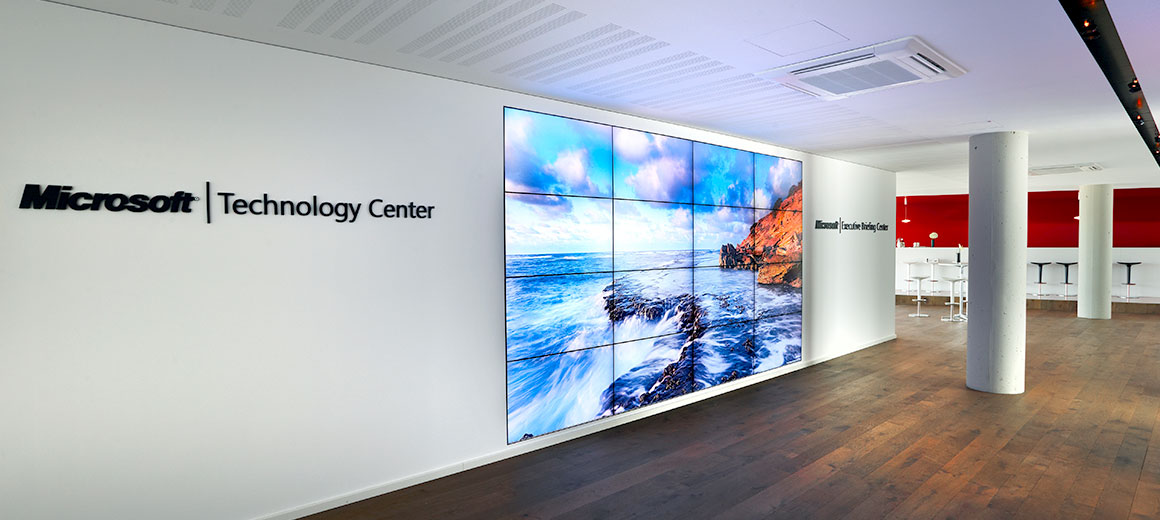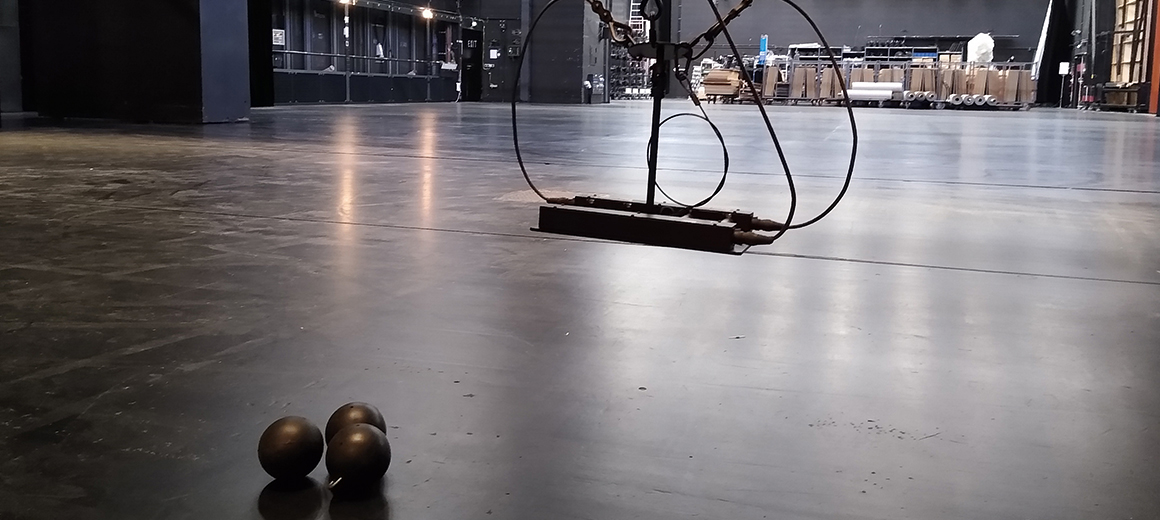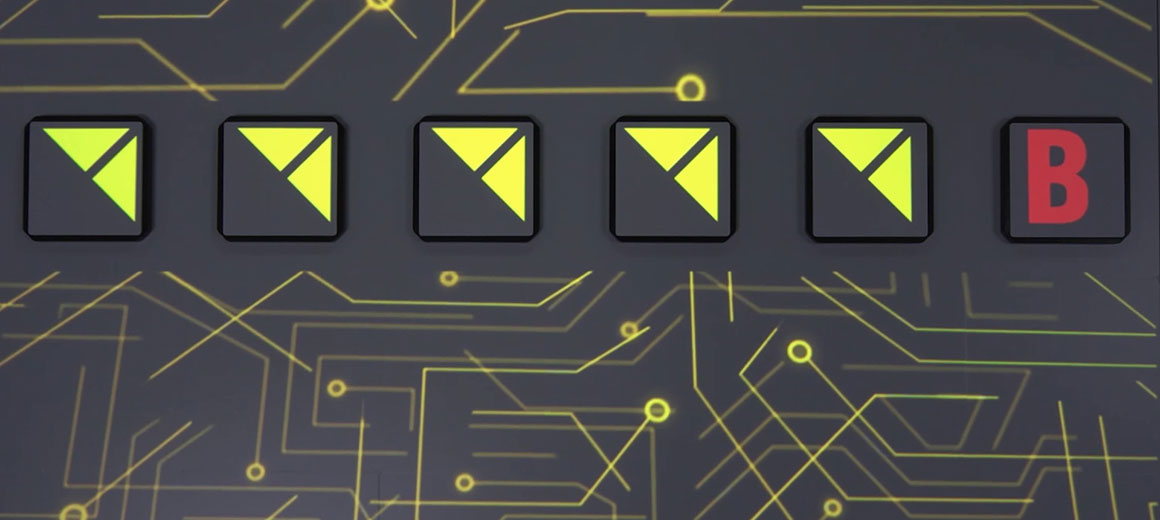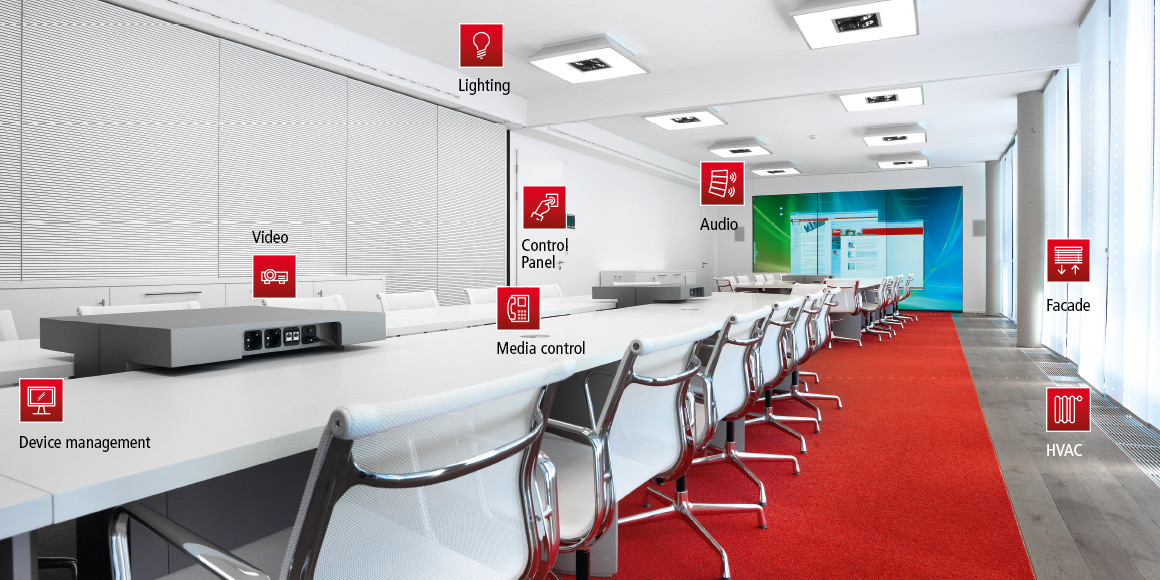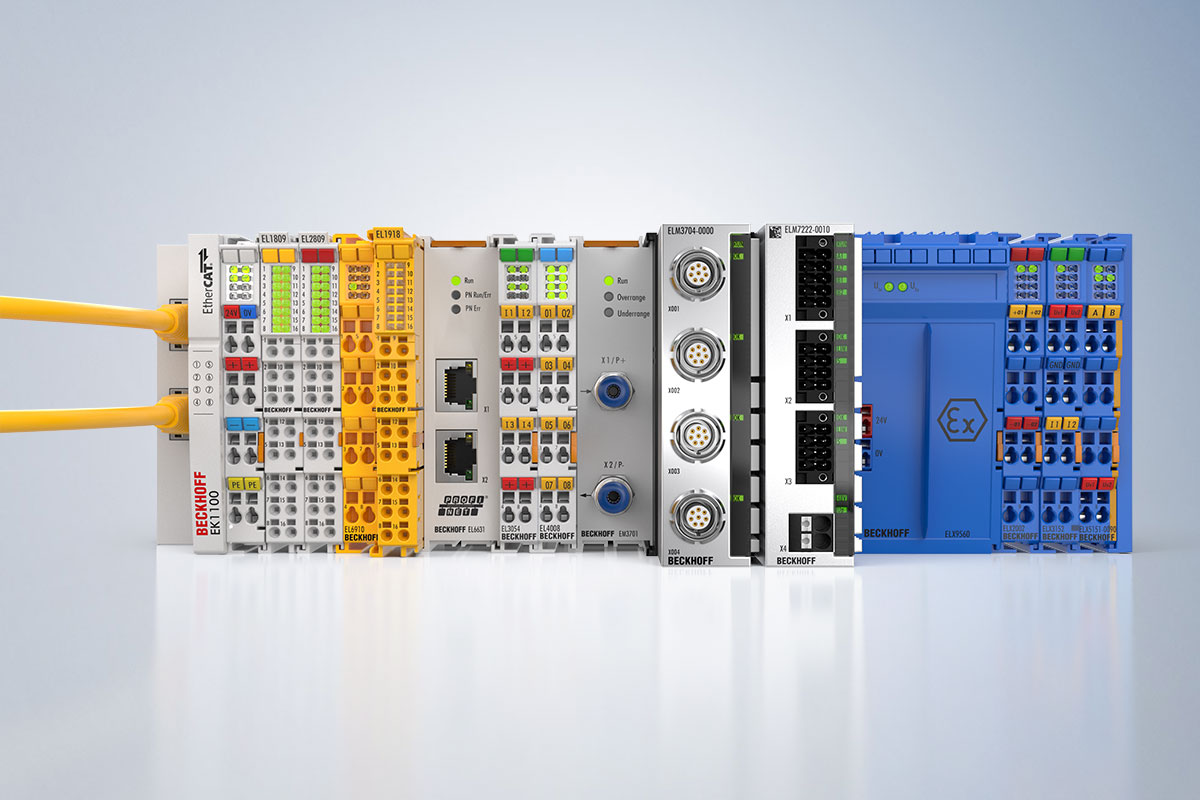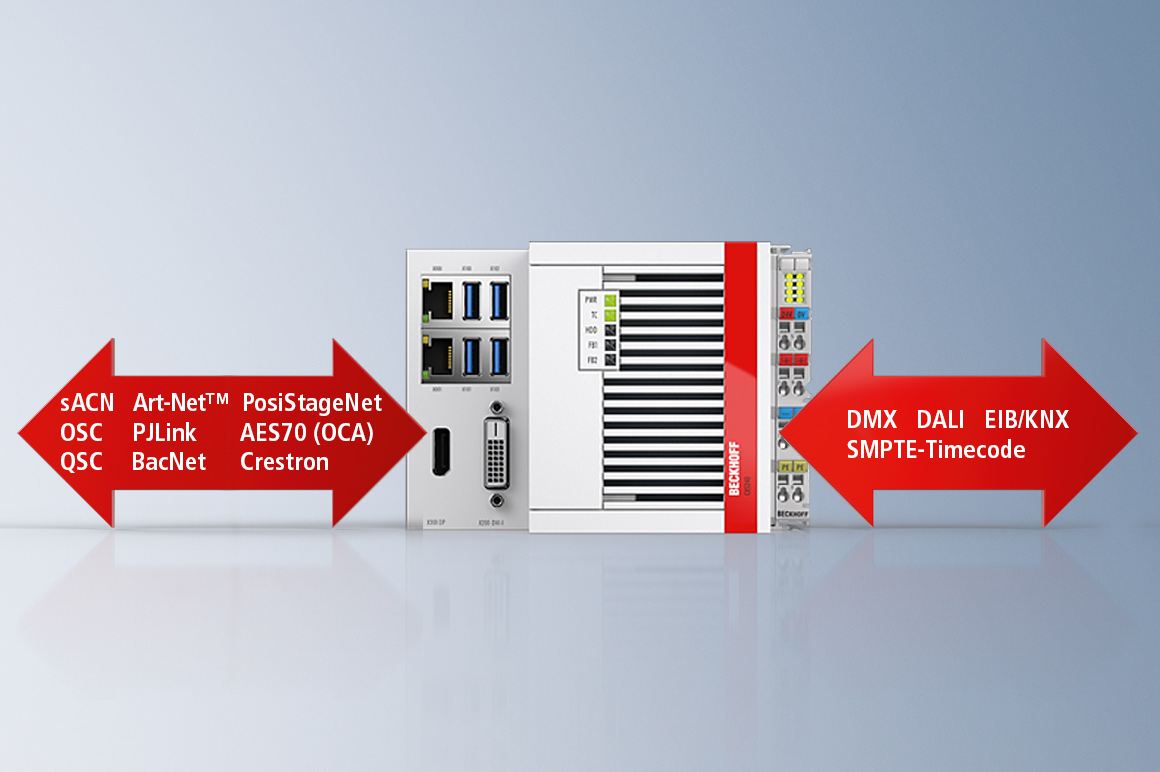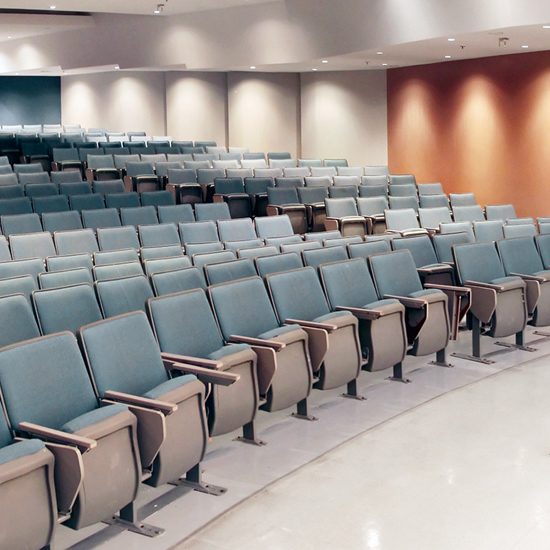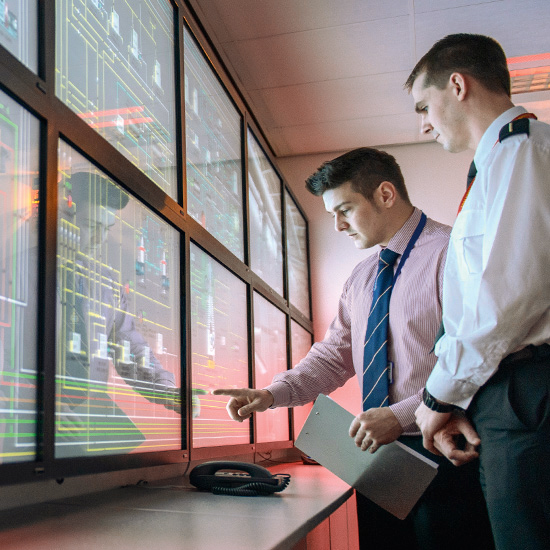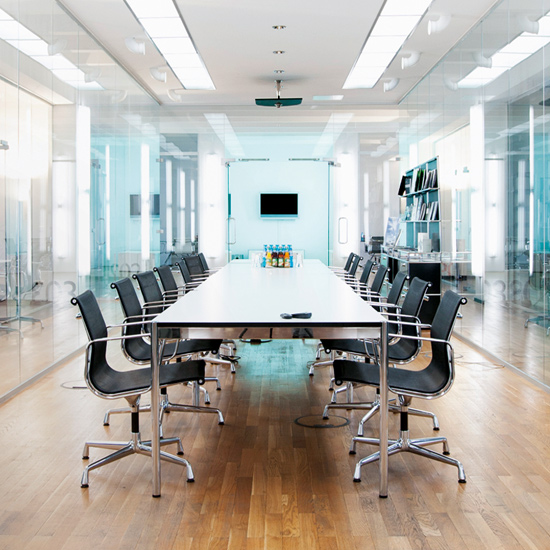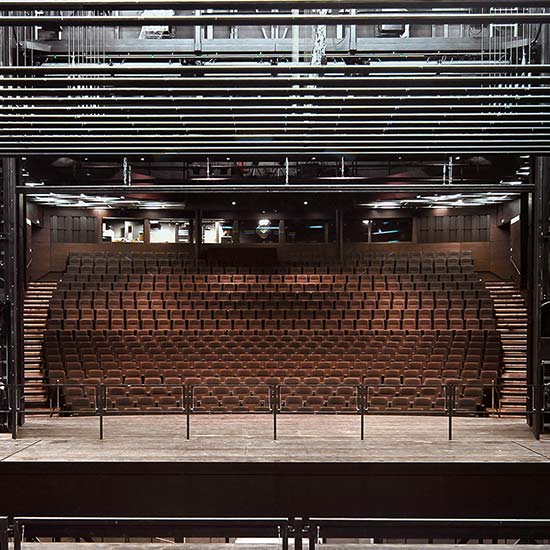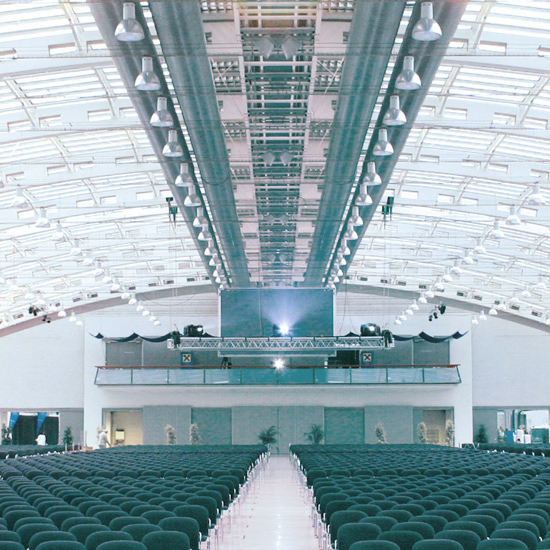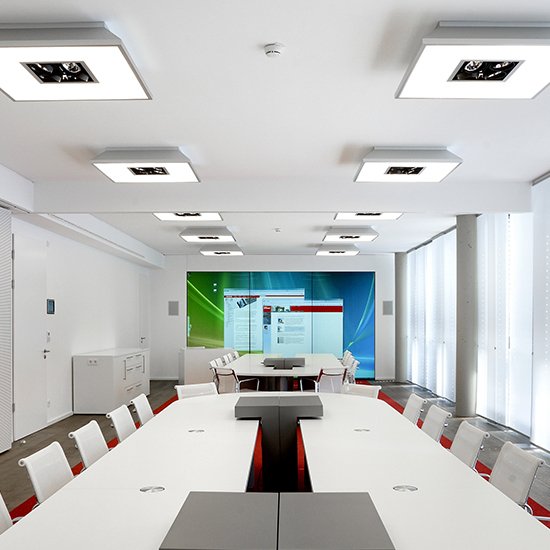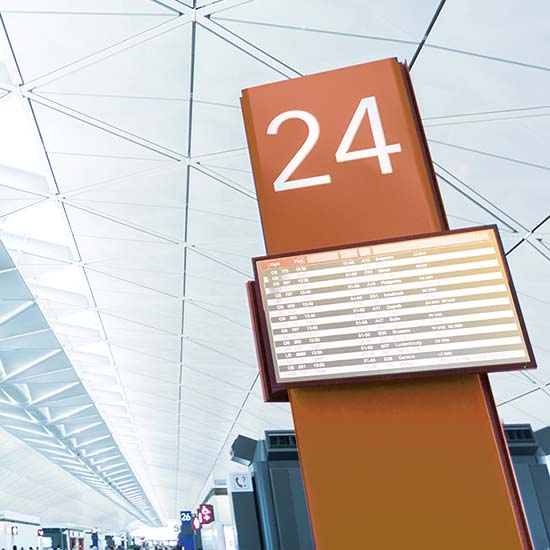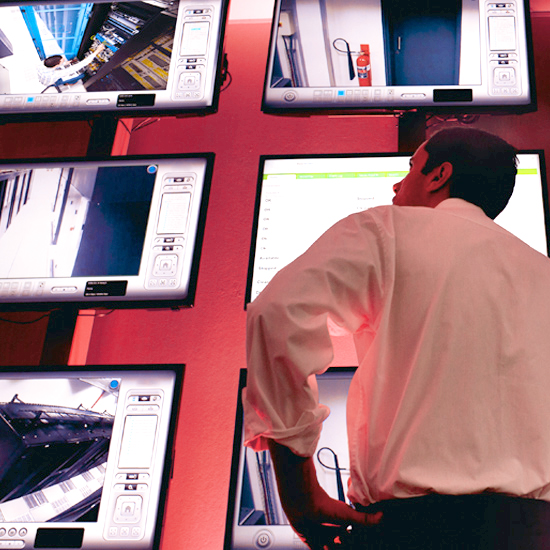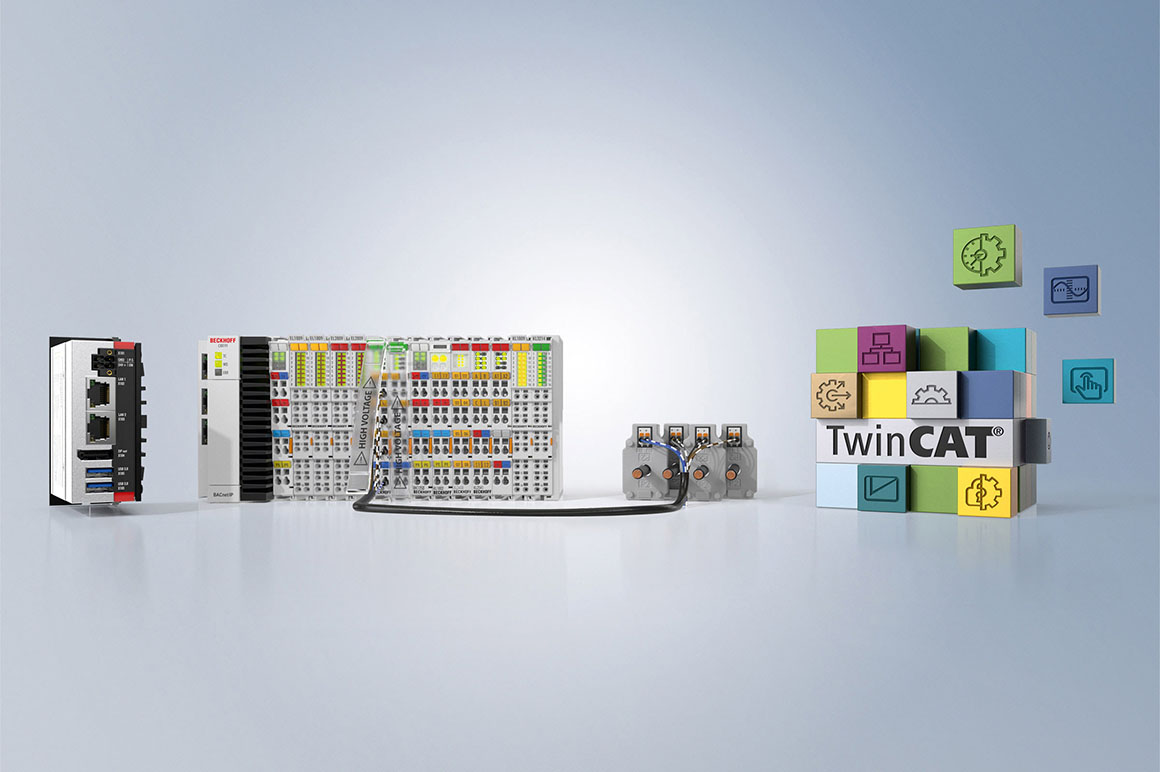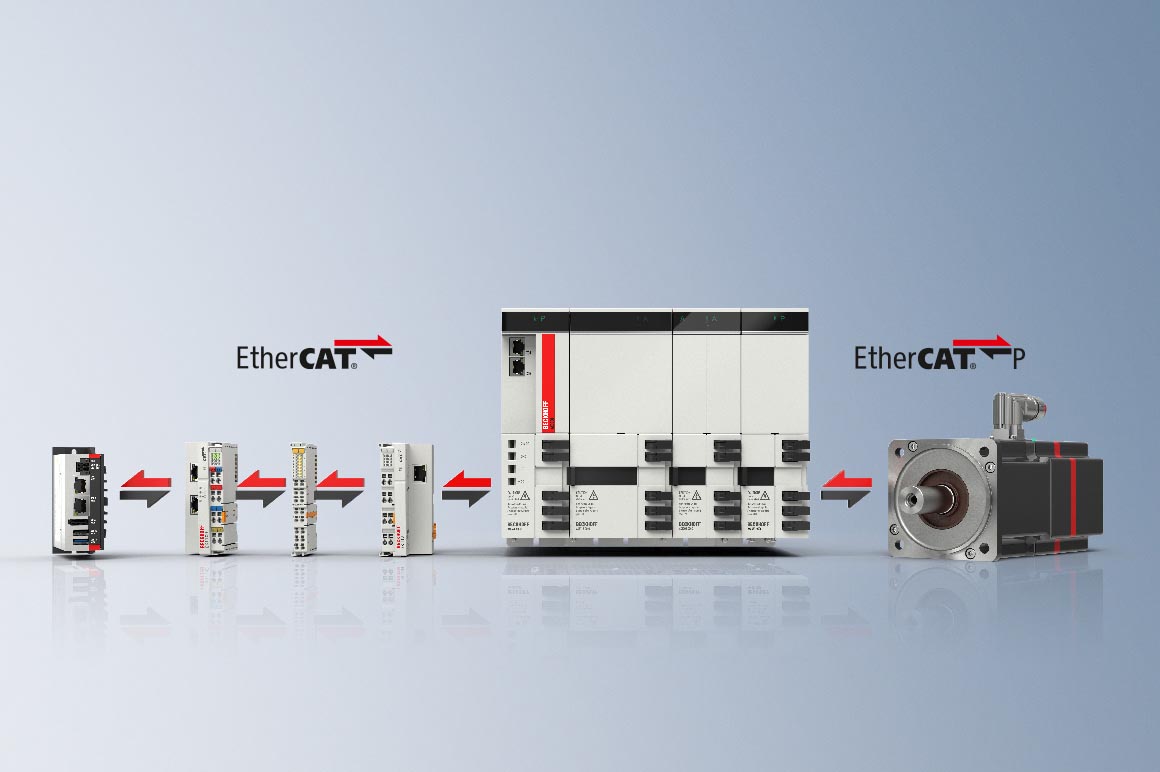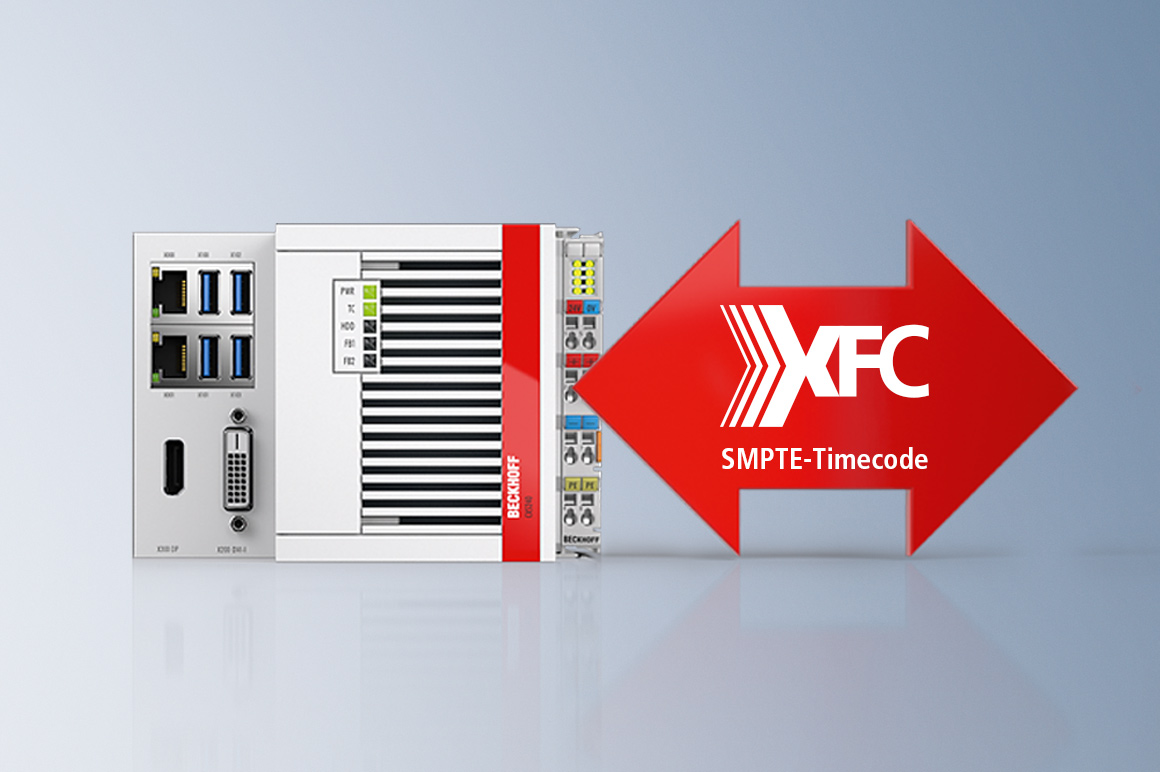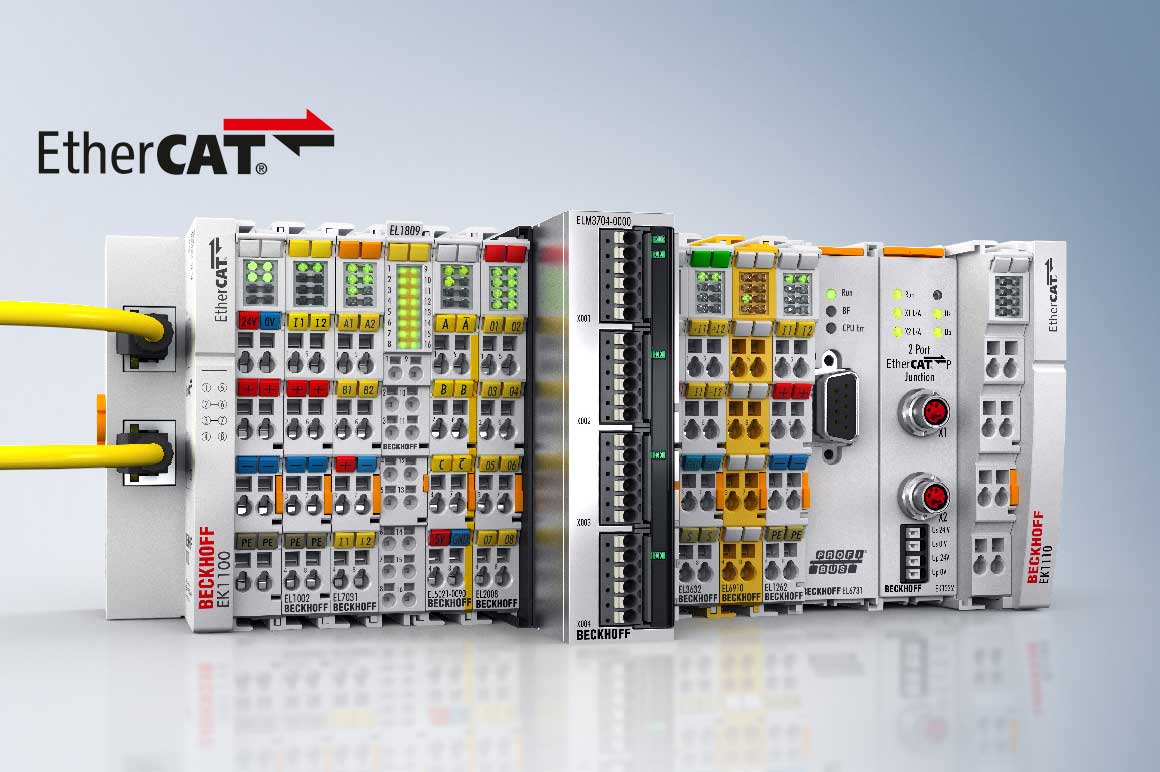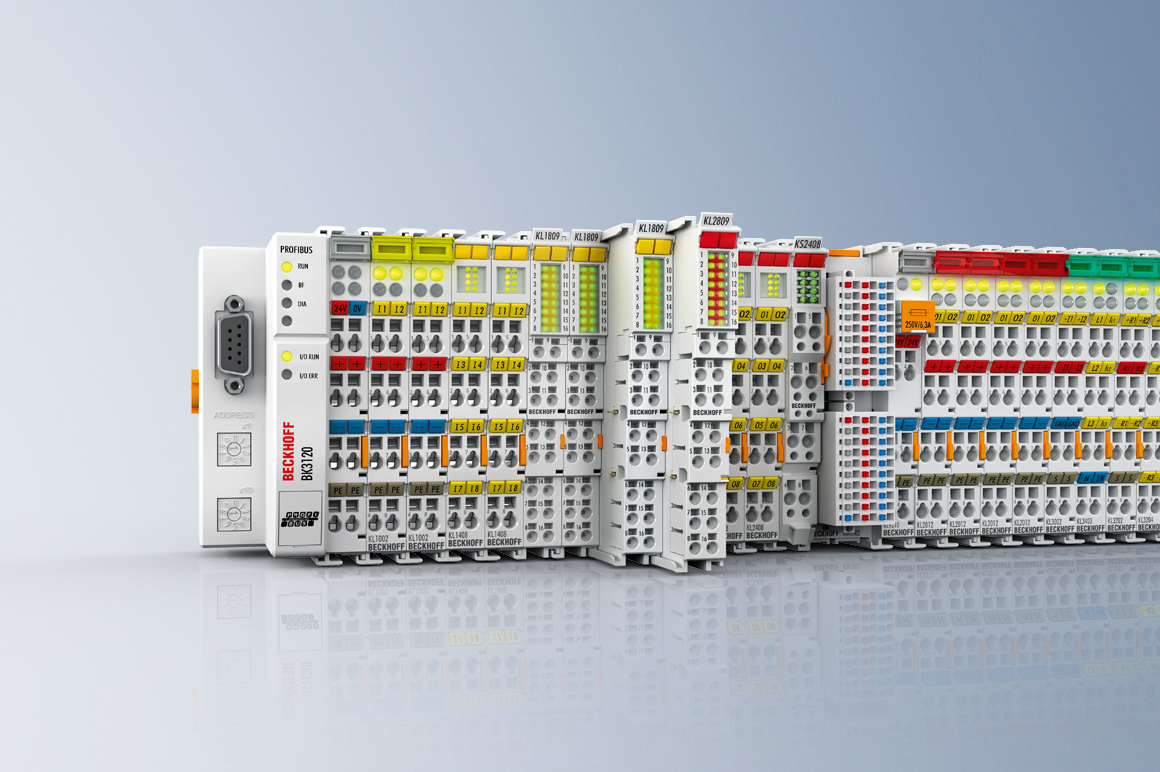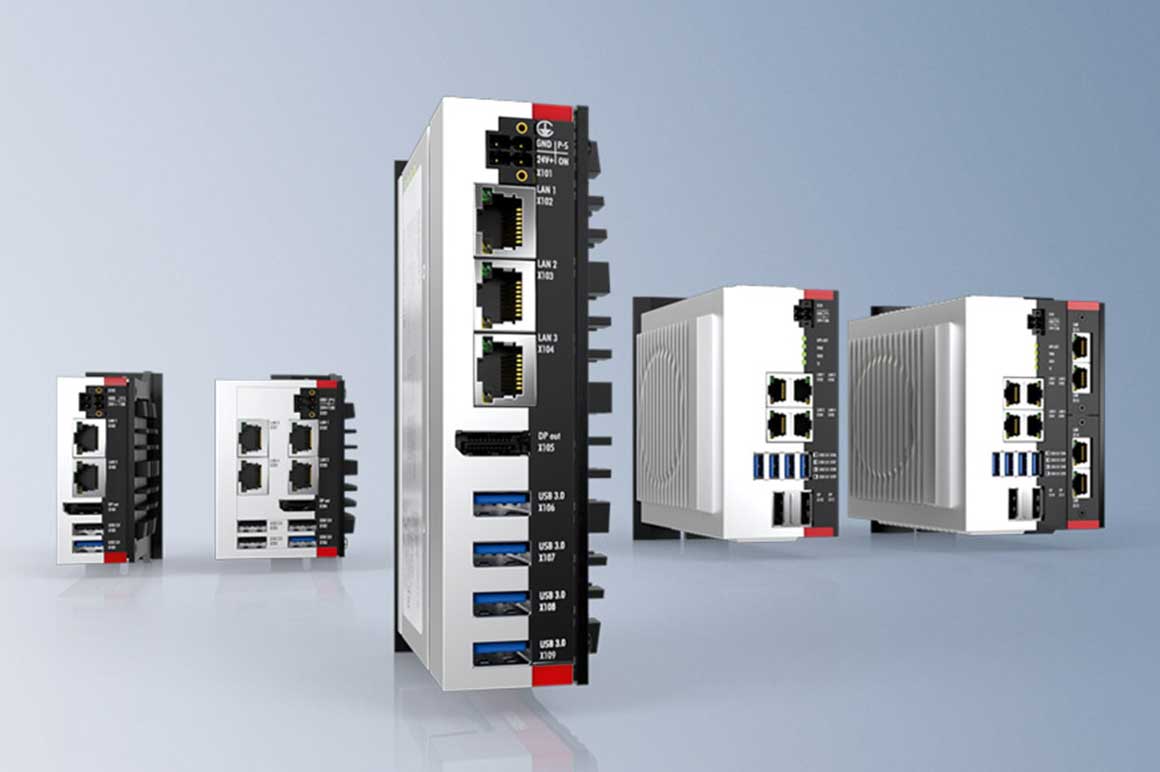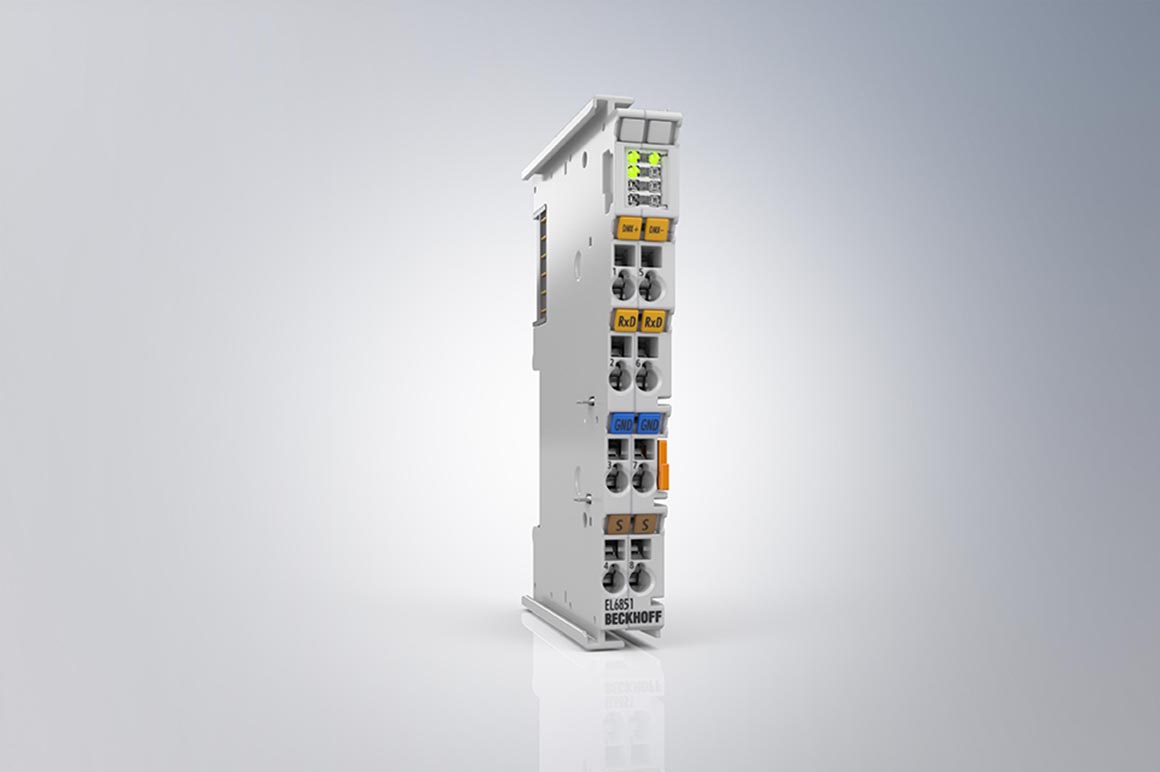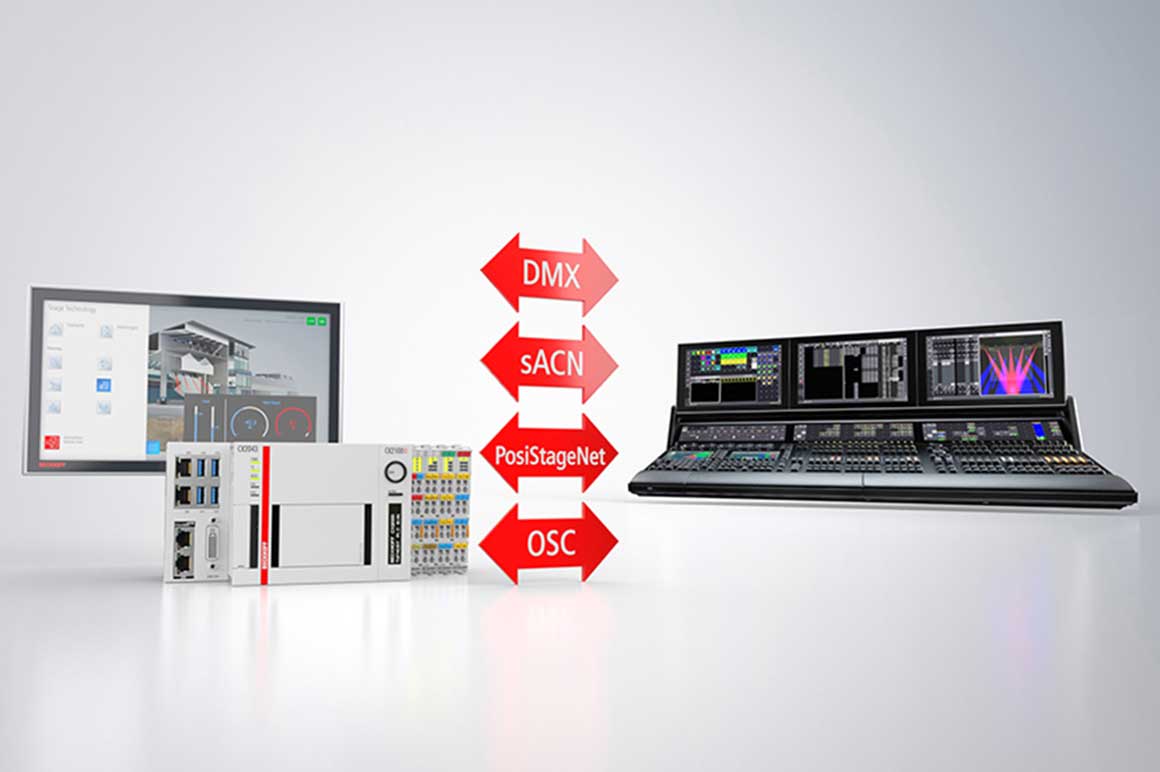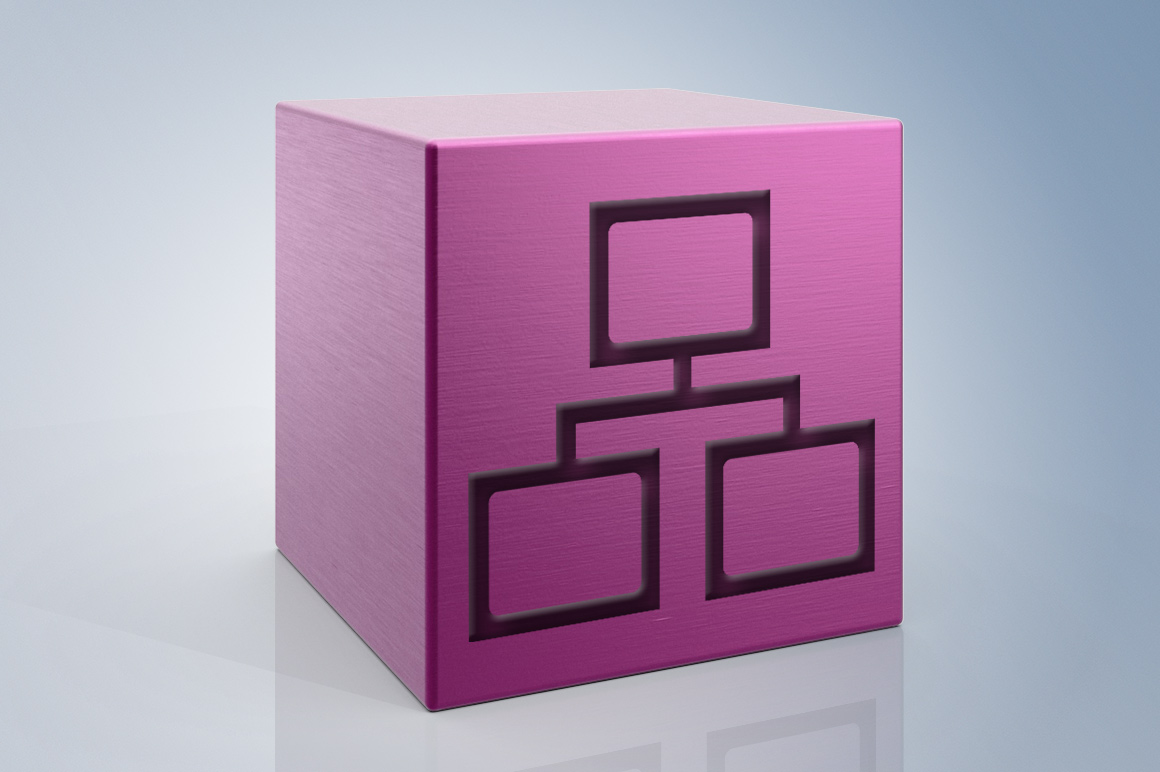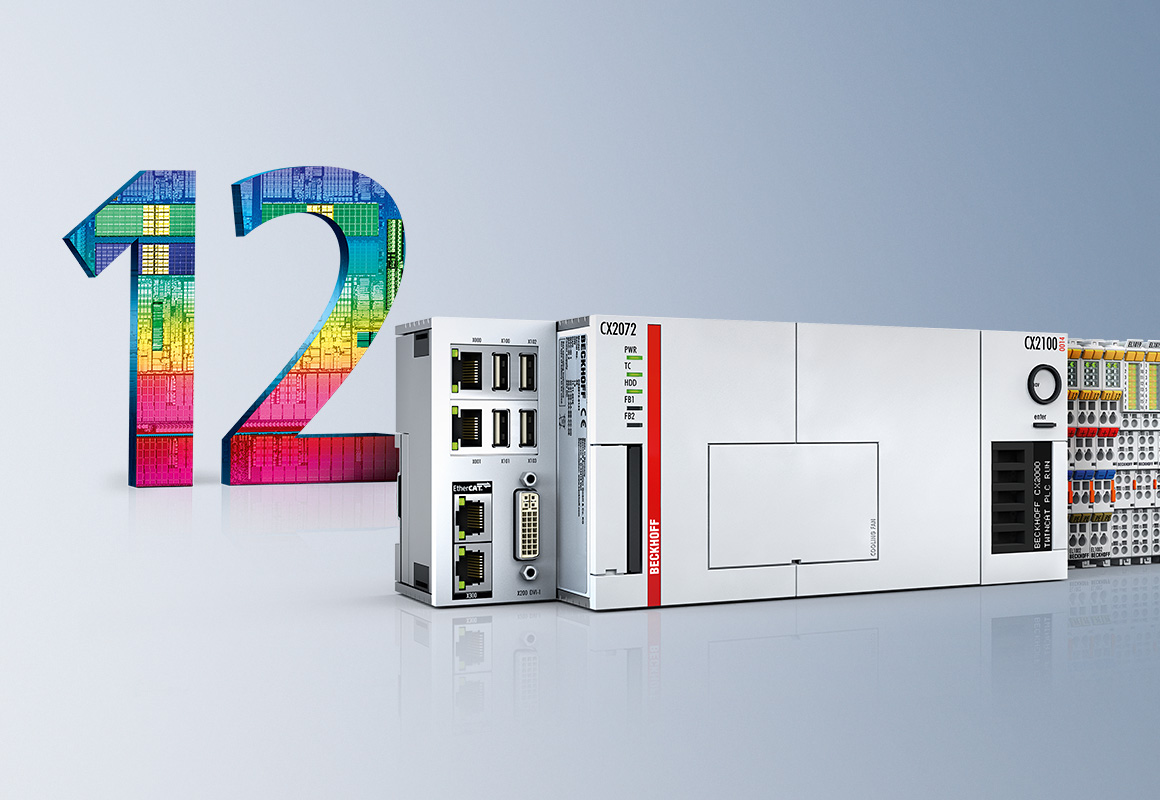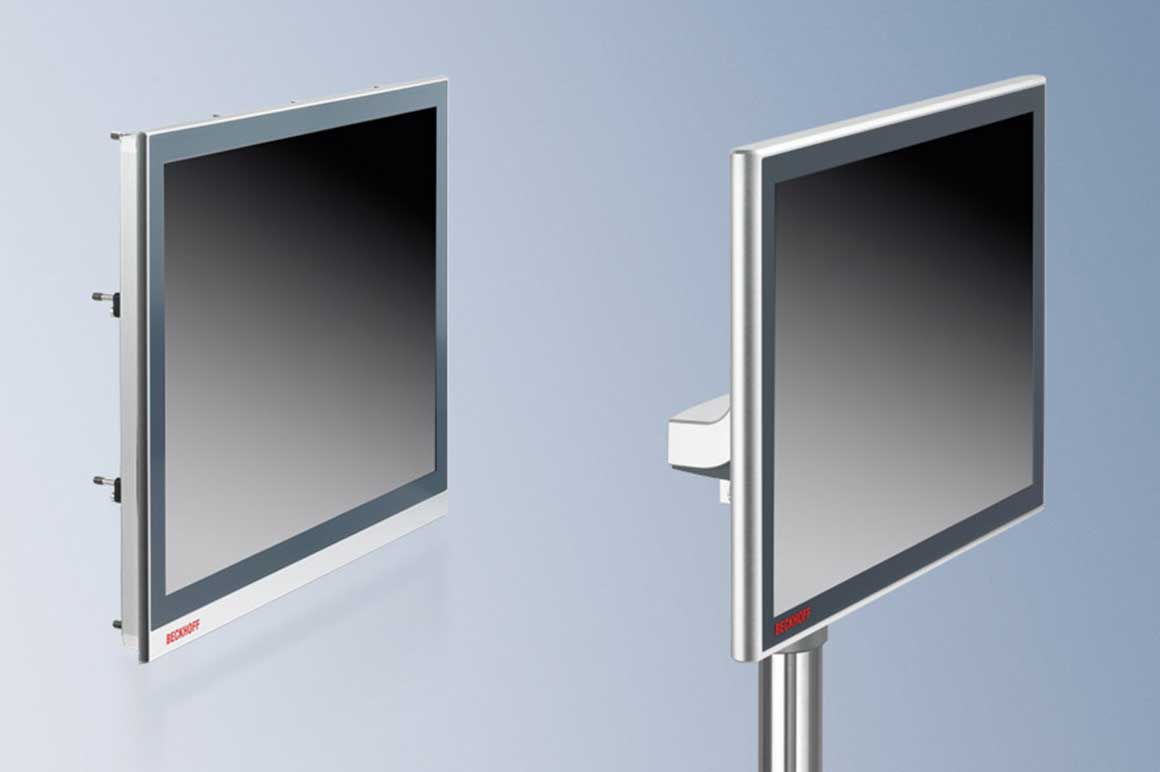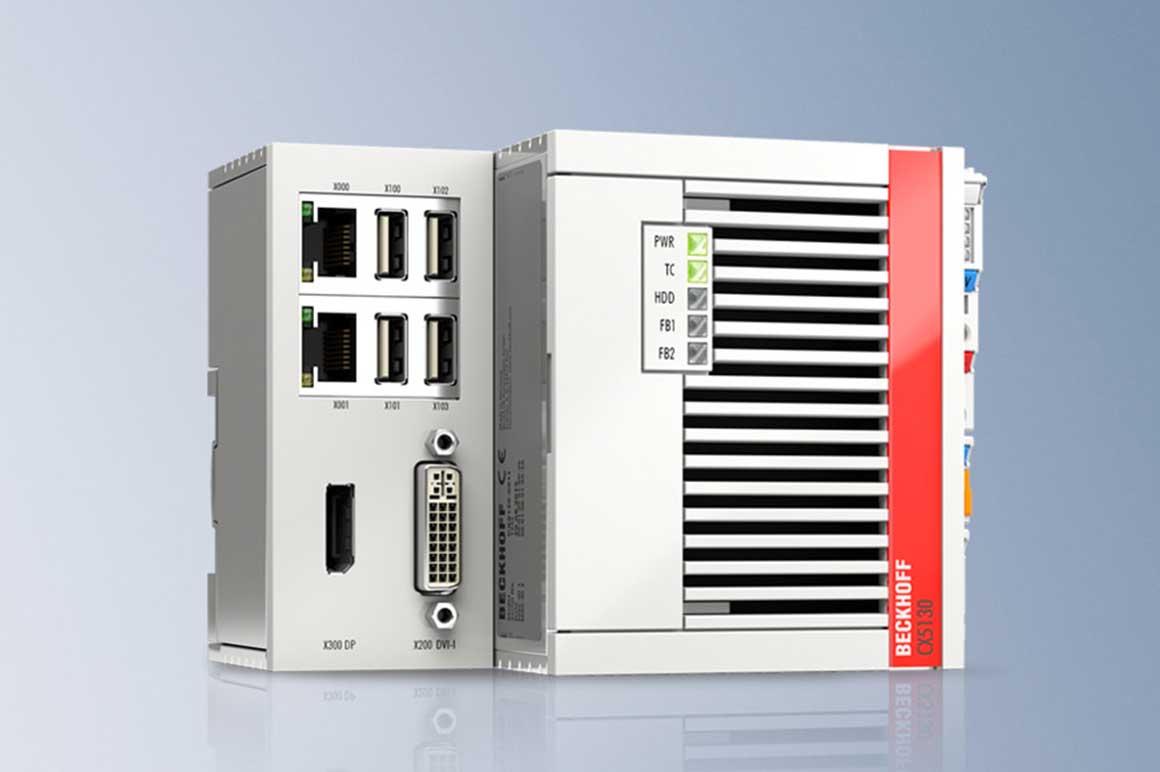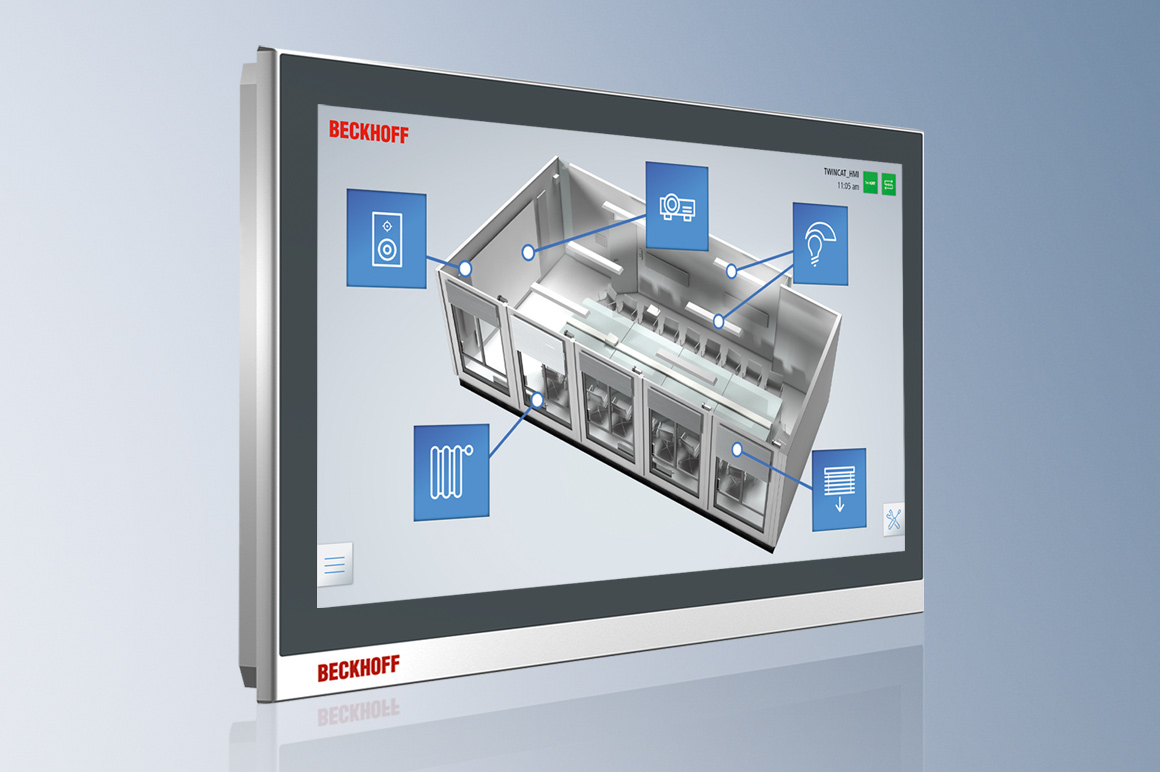One control platform integrates all technical systems of media technology and building automation
Performance level scalability, modularity, reliability and long-term availability of components make PC-based automation technology from Beckhoff the ideal toolbox to implement leading-edge media technology applications. Numerous global references are proof of this, ranging from meeting and conference applications, control centres, and building automation to entertainment technology. From audio and video control to control of show effects and device management, as well as newer concepts such as condition monitoring – all disciplines are directly linked with the integrated building automation system. The advantages become clear immediately: all system information is available to the user on one platform due to the inherent continuity and flexibility provided by PC-based control. Operation is simplified, comfort levels are increased and costs can be reduced.
At the heart of the Beckhoff control platform, robust Industrial PCs or embedded controllers using TwinCAT as the universal automation software integrate PLC, visualization, motion control, safety technology and measurement technology tasks. Beckhoff I/O systems can be used to connect the whole range of sensors and actuators. This includes devices used for daylight-dependent lighting and facade control to control of heating, ventilation and air conditioning through to show lighting, sound and projection control. EtherCAT, the real-time-enabled fieldbus system, provides the necessary communication speeds.
Through the integration of all communication protocols typically found in the areas of A/V, multimedia, building automation and show technology into the PC control platform, all devices from a wide range of manufacturers can be connected and controlled. As the system is modular throughout, its functionality can be easily extended, for example, by adding an I/O terminal that supports the required signal. The various hardware components and their functionalities are programmed and configured in uniform software using TwinCAT.
Your built-in advantages for media technology:
- continuity: one control platform for all trades
- openness: interfaces for all popular communication standards in the area of media, building and stage technology
- scalability: in terms of performance, design and price
- modularity of components: for flexible control design
- extensive connectivity: from horizontal communication to cloud integration
- excellent price-performance ratio
